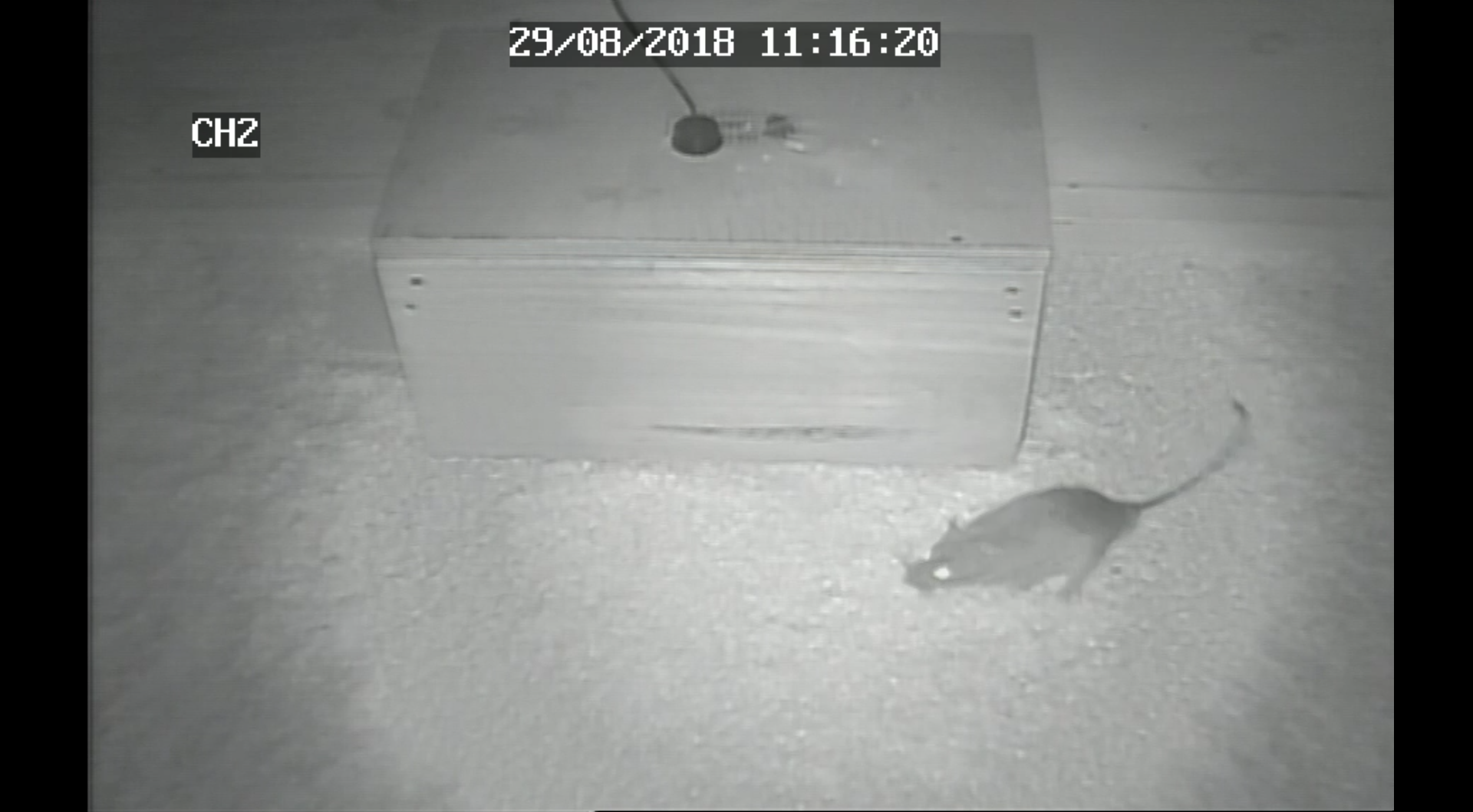Traps are an essential component of the approach that Zero Invasive Predators Ltd (ZIP) is developing to help free the New Zealand mainland from possums, rats and stoats. We use traps to (i) defend predator-free areas from incursion by these predators, and (ii) detect any individual animals that evade natural or virtual barriers (so that they can then be removed before successfully re-establishing a population in the area).
For projects where the goal is to completely remove predators, it’s essential that the traps used are highly effective – the project goal will never be achieved if too many individual predators can successfully evade the traps, because those predators may breed and establish a population.
It's also important that the kill traps we use are humane. The National Animal Welfare Advisory Committee (2011) guideline for assessing the welfare performance of kill traps provides a very good basis for doing this.
With the support of the Department of Conservation, during late-August to mid-November 2018, we undertook a project to assess the welfare performance of a trap comprising a single set DOC200 kill trap, in a single entrance wooden box manufactured to the DOC (2019) design against the NAWAC (2011) guideline.
The methods, results and conclusions of this project are available here.
We concluded that, for ship rats, the standard DOC200 kill trap, in a single set, single entrance wooden box manufactured to the Department of Conservation (2019) design and dimensions met the NAWAC (2011) specification for acceptable killing effectiveness of a Class A kill trap.

